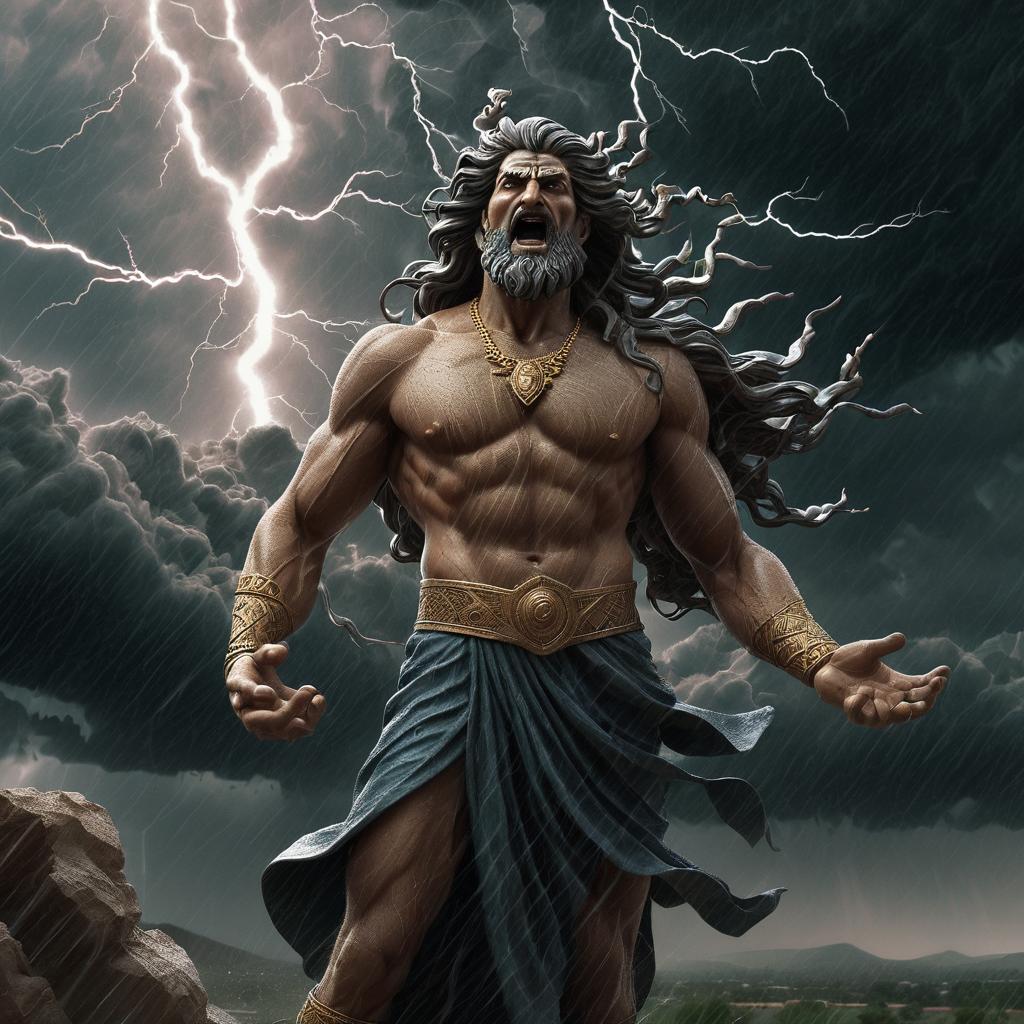Babylonian
🌌Order from Chaos
The Babylonian civilization, rising from the fertile cradle of Mesopotamia around the 18th century BCE, was a beacon of ancient innovation, spirituality, and storytelling. Its mythology—etched into clay tablets in cuneiform script—offers one of humanity’s earliest and most profound visions of cosmic order, divine hierarchy, and existential struggle.
🏛️ Historical Context: The Rise of Babylon
Babylon began as a modest city-state but rose to prominence under Hammurabi (c. 1792–1750 BCE), famed for his legal code. By the time of Nebuchadnezzar II (6th century BCE), Babylon had become a cultural and architectural marvel, home to the legendary Hanging Gardens and the towering ziggurat Etemenanki, believed to inspire the biblical Tower of Babel.
Babylonian culture was deeply influenced by its Sumerian predecessors, blending inherited myths with its own theological innovations.
🐉 Enuma Elish: The Babylonian Creation Epic
At the heart of Babylonian mythology lies the Enuma Elish, a dramatic tale of cosmic warfare and divine succession:
-
Tiamat, the primordial goddess of saltwater chaos, and Apsu, god of freshwater, birth the first gods.
-
When the younger gods disturb Apsu, he plans to destroy them—but is killed by Ea, a clever deity.
-
Tiamat, enraged, creates monstrous allies and prepares for war.
-
Marduk, Ea’s son, rises as champion. He defeats Tiamat, splits her body to form the heavens and earth, and establishes cosmic order.
-
Marduk creates humanity from the blood of Kingu (Tiamat’s general) to serve the gods.
This myth not only legitimized Marduk’s supremacy but symbolized Babylon’s political dominance over rival city-states.
👑 The Babylonian Pantheon
Babylonian religion was polytheistic, with gods embodying natural forces, moral principles, and cosmic functions.
📜 Epic of Gilgamesh: Mortality and Meaning
The Epic of Gilgamesh, though rooted in Sumerian tradition, was preserved and expanded by Babylonian scribes. It follows Gilgamesh, king of Uruk, and his companion Enkidu as they battle monsters, defy gods, and ultimately confront death.
Themes include:
-
The futility of immortality
-
The value of friendship
-
The search for legacy and meaning
Gilgamesh’s journey ends not with eternal life, but with wisdom: to build, to govern, and to accept mortality.
🧱 Ritual, Magic, and Daily Life
Babylonian religion was deeply ritualistic:
-
Temples (ziggurats) were cosmic mountains linking heaven and earth.
-
Priests performed sacrifices, divination, and incantations to appease gods and ward off evil.
-
Astrology and omens guided decisions—from royal decrees to personal health.
Magic and myth were inseparable from medicine, law, and governance. The gods were not abstract—they were present in storms, dreams, and celestial movements.
🕊️ Afterlife and the Underworld
Unlike Egyptian optimism, Babylonian views of the afterlife were grim:
-
The dead entered a shadowy underworld ruled by Ereshkigal and Nergal.
-
Souls wandered in darkness, fed only on dust.
-
No resurrection or paradise awaited—only remembrance through legacy.
This somber view reinforced the importance of earthly deeds and divine favor.
🧬 Legacy and Influence
Babylonian mythology shaped:
-
Hebrew and Christian texts (e.g., the flood story parallels Noah’s tale)
-
Greek cosmology, via Near Eastern transmission
-
Modern astrology, rooted in Babylonian star lore
Their myths endure not just as stories, but as philosophical reflections on chaos, order, mortality, and meaning.





